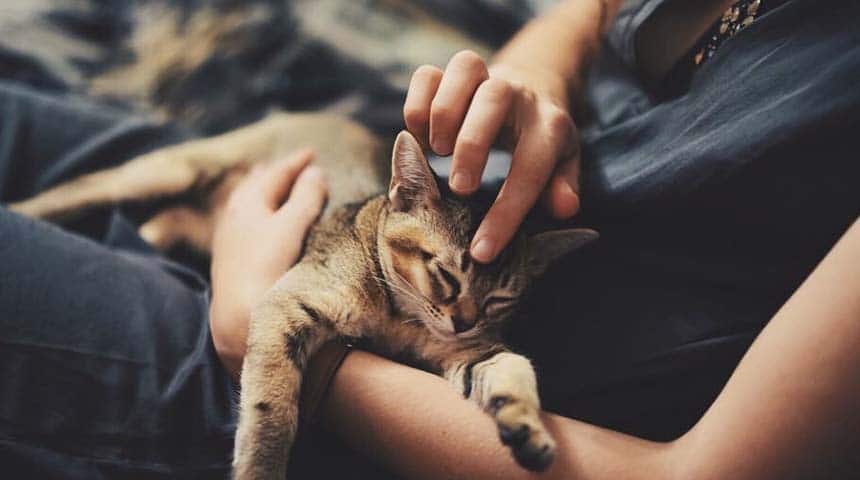
Hepatic lipidosis is a disease that mostly affects cats. In general, it occurs following a stressful situation for the cat causing it to lose its appetite (anorexia), for example moving or acquiring a new animal in the house. Lipidosis can also occur following an underlying concomitant disease.
What are the signs that would let me suspect that my pet has hepatic lipidosis?
A cat suffering from hepatic lipidosis will show a loss of appetite and consequently develop jaundice, the severity of which will depend on the duration of the condition. A yellowish coloration of the skin at the ear pinna, on the oral mucous membranes and at the level of the sclera (the white part of the eye) can be observed. Vomiting, diarrhea and fever are occasionally observed. When the condition progresses without being treated, nervous signs may appear (mental depression, excessive salivation).
How can an animal suffering from hepatic lipidosis be treated?
Many tests are available to obtain a diagnosis of lipidosis. It is possible to do a blood test allowing us to assess the function of the liver enzymes. In addition, an abdominal X-ray allows us to see the enlarged liver during lipidosis. An abdominal ultrasonography is often useful to check the integrity of the liver and to obtain a liver sample. This last procedure is done in order to visualize the cells and to confirm the hepatic lipidosis diagnosis.
It is of the utmost importance to assure food support to the animal. For the liver to fully regain its function, the animal must eat regularly. However, animals affected by lipidosis are often anorexic and suffer from vomiting. For these animals, it is important to use parenteral route feeding, i.e. with the help of a gastrotomy tube or an oesophagian tube. This way, it is both possible to calculate the amount of food required by the animal to ensure its daily energetic needs and to administer the food adequately.
An intravenous fluidotherapy is often necessary to correct the dehydration that usually accompanies anorexia. Antibiotics are administered according to the functional state of the liver; medications to stimulate the appetite can occasionally be administered.
Can hepatic lipidosis be prevented?
It is difficult to prevent the development of cat lipidosis because the causes are numerous and sometimes not easy to control. However, it is recommended to limit stressful situations that could trigger a loss of appetite since cats are particularly sensitive to change.
If your pet requires cares that cannot be performed in your hospital, we will transfer its file to one of our internal medicine specialists working at the Centre Vétérinaire Rive-Sud or at the Centre Vétérinaire Laval.

